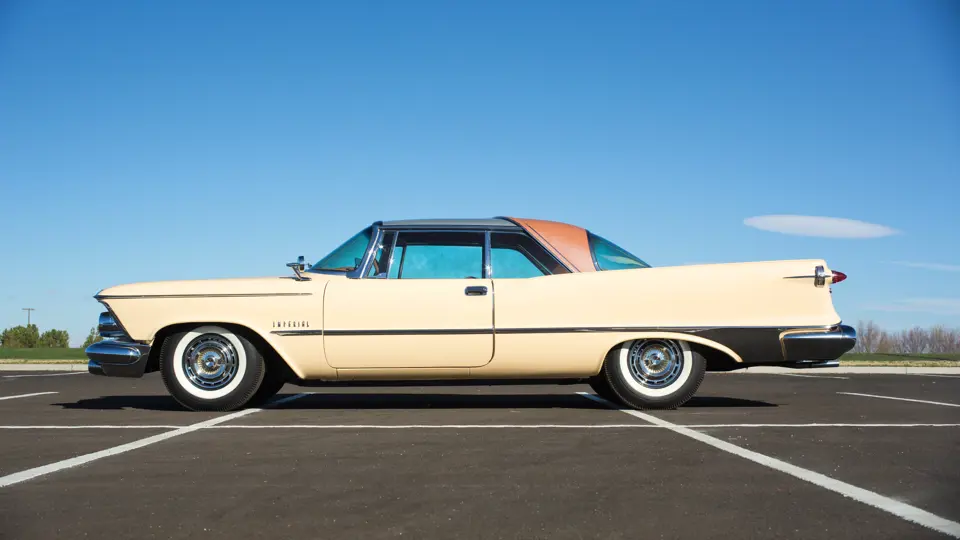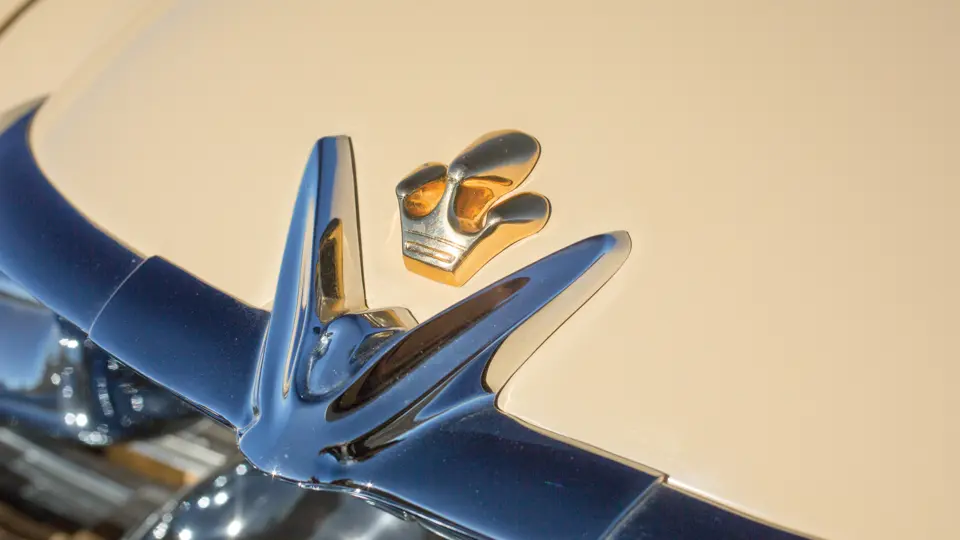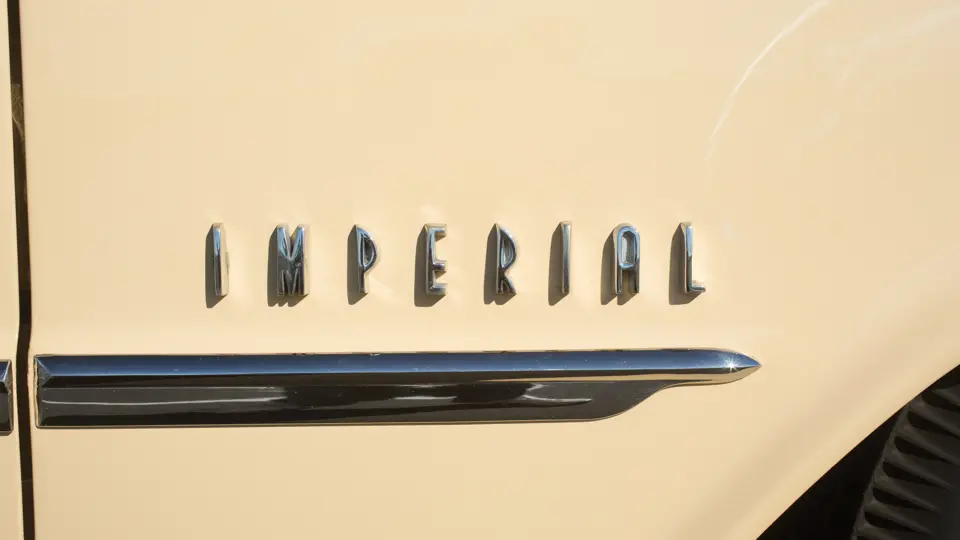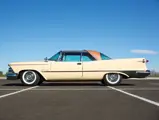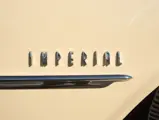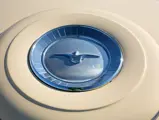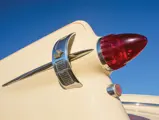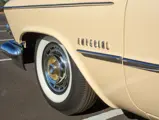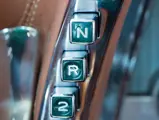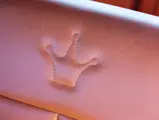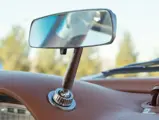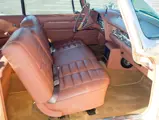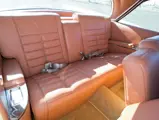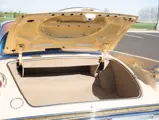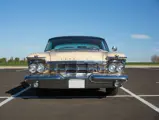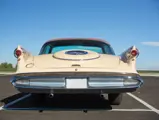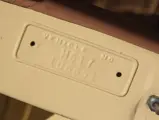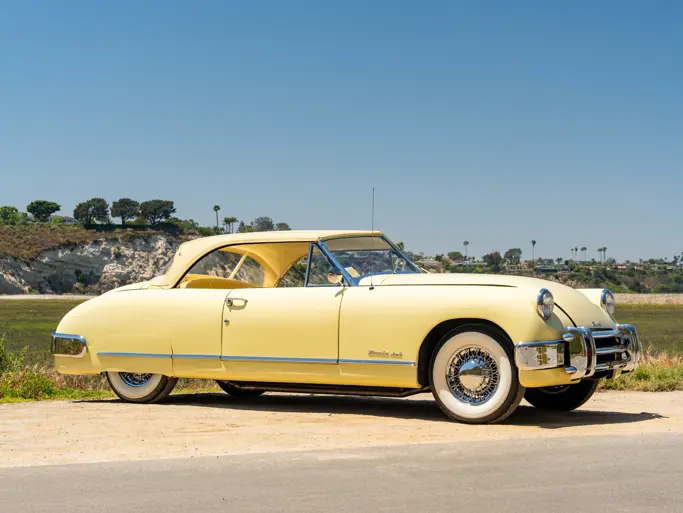350 bhp, 413 cu. in. overhead-valve V-8 engine, three-speed Torqueflite automatic transmission, torsion-bar independent front suspension, live rear axle with semi-elliptic leaf springs, and four-wheel power hydraulic drum brakes. Wheelbase: 129 in.
Beginning in the mid-1950s, a change in marketing led Chrysler’s top-of-the-line Imperial to become its own separate model line, much like the down-market Dodge and Plymouth, in order to form a direct challenge to Lincoln and Cadillac. In 1957, the Imperial was given a completely new personality, which was dubbed the “Finest of the Forward Look,” with its trademark “gunsight” tail lamps being incorporated into growing tailfins and the curved side glass foretelling an industry trend. This year also marked the appearance of a faux spare tire carrier on the rear deck lid, which was a device that had first been seen on the Virgil Exner-designed and Ghia-built concept cars from 1952 to 1953.
The 1958 and 1959 Imperials represented face-lifted versions of the ’57s, while the 1959 presented a much more aggressive face, as it used bold vertical teeth in a single horizontal grille bar. That year, the appearance changes were accompanied by an updated powertrain, with the former Hemi engine being replaced by a 413-cubic inch “wedgehead” unit that was also extremely powerful but weighed 101 pounds less. The new engine packed 10.1:1 compression and a Carter AFB four-barrel carburetor, and it developed 350 horsepower, which was sent to the rear wheels through the excellent pushbutton Torqueflite automatic transmission. The 1959 Imperial was powerful, reliable, and sumptuously elegant, and it was simply ahead of its class among American luxury cars.
The Custom Southampton Coupe offered here was one of 1,743 built, and it is among very few known survivors. This is an original California car that has received a ground-up restoration in Sandstone. It has the optional Landau hardtop roofline, which was a simulated landaulet roof covering that formed a “tiara” of sorts over the rear window, and the interior is upholstered in full leather, which was an original option. Other factory accessories found on the car include power steering, brakes, windows, seats, and door locks; a SureGrip rear differential; and factory air conditioning and heat, which were controlled by a pushbutton unit. Seatbelts and a modern stereo system have been added to improve safety and comfort for modern driving.
This is a spectacular freeway cruiser from a time of prosperity, happiness, and hope in American auto manufacturing.




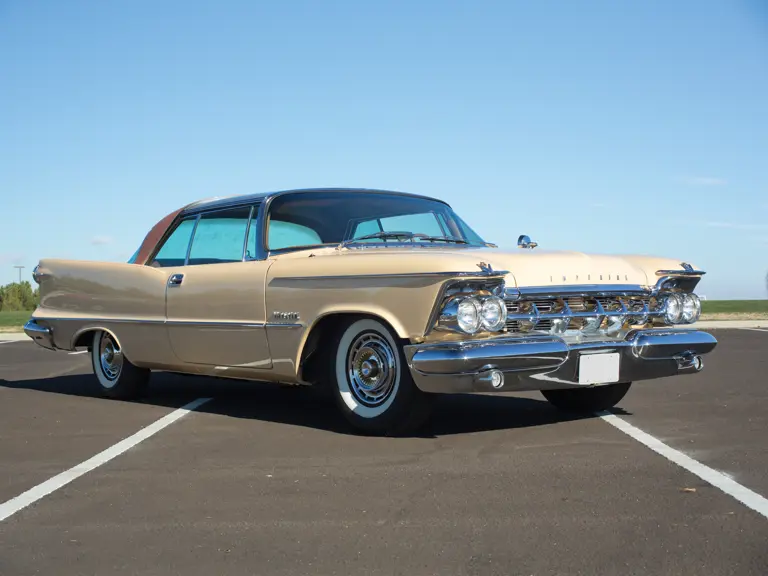
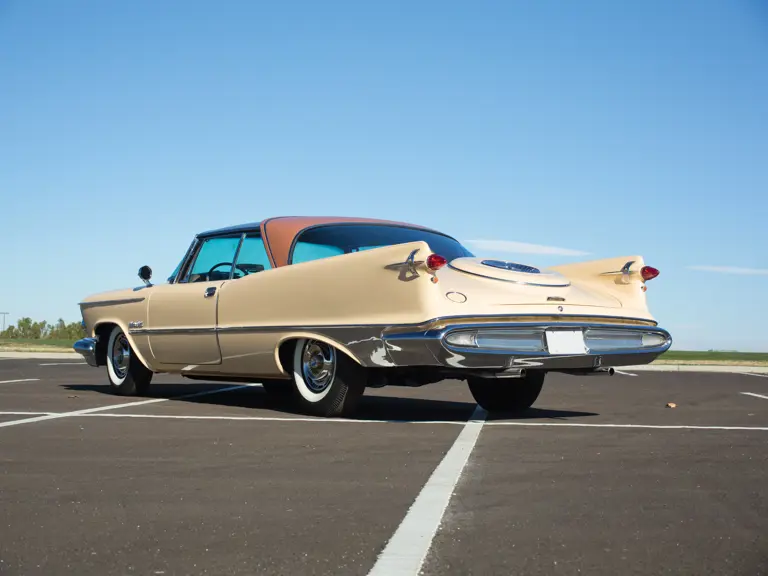
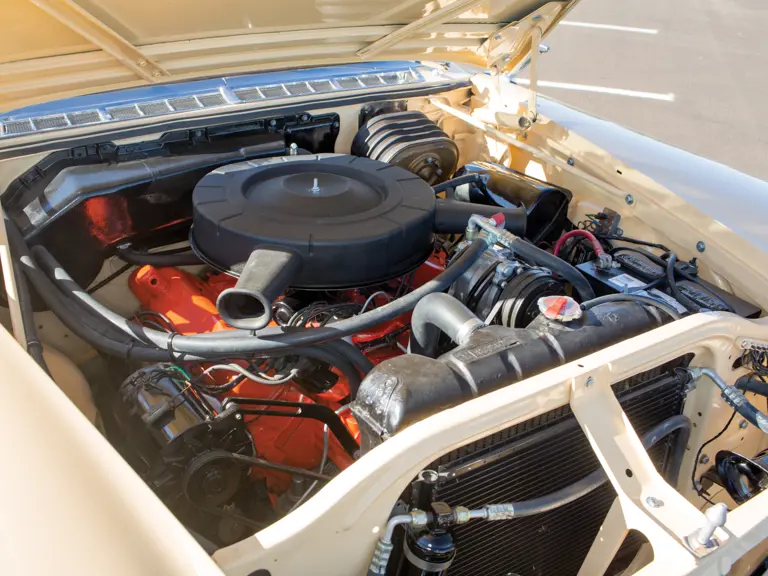
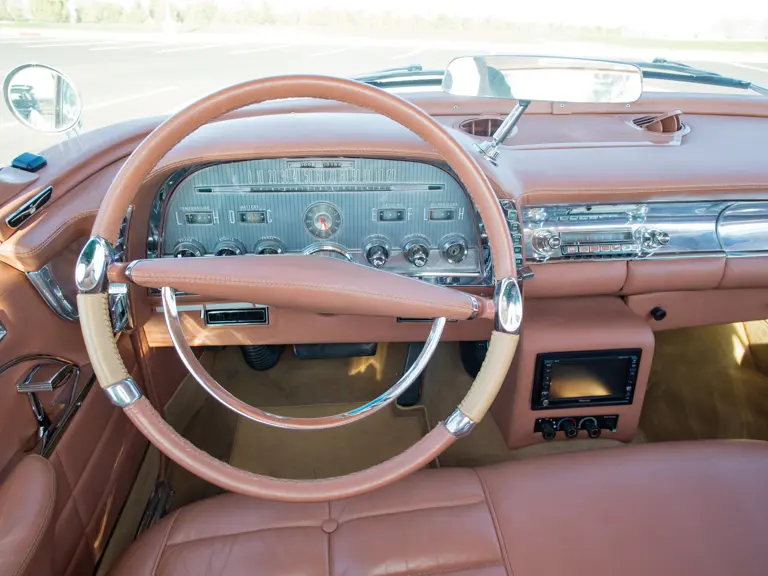

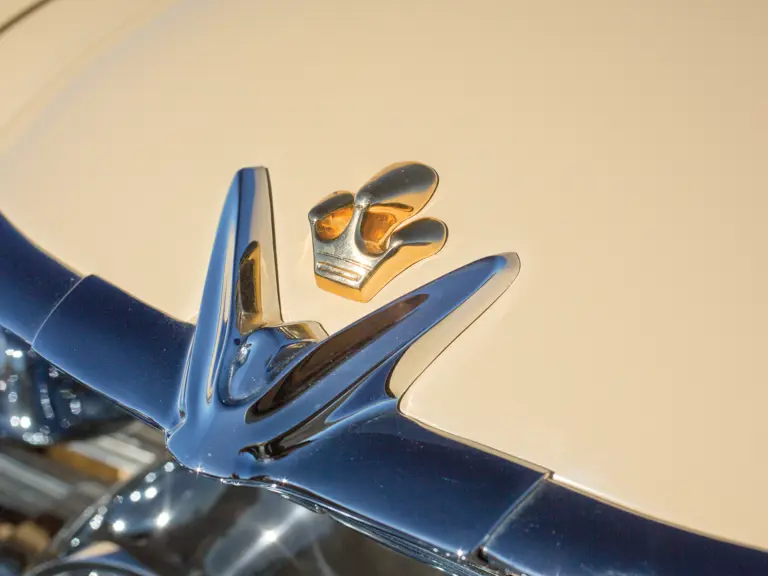
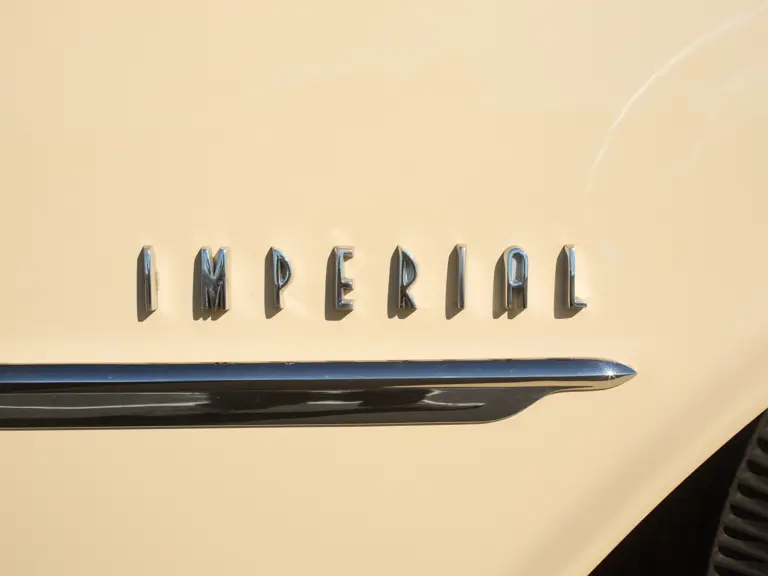

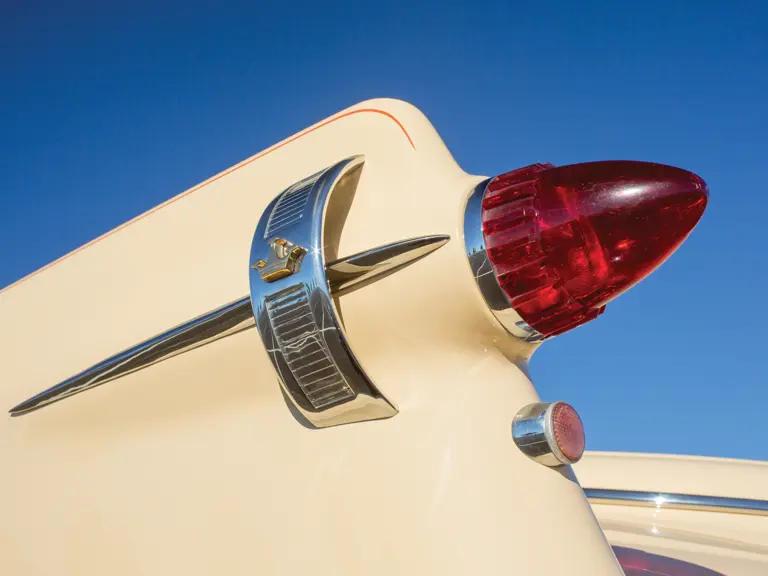
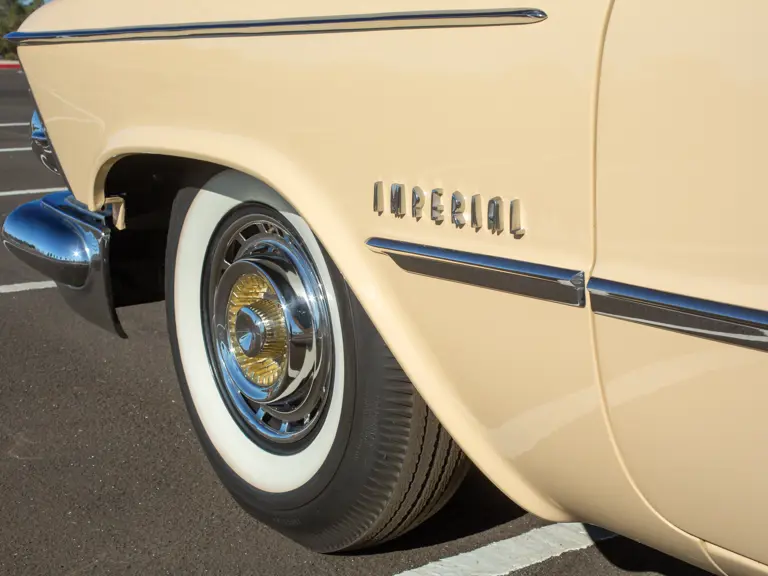
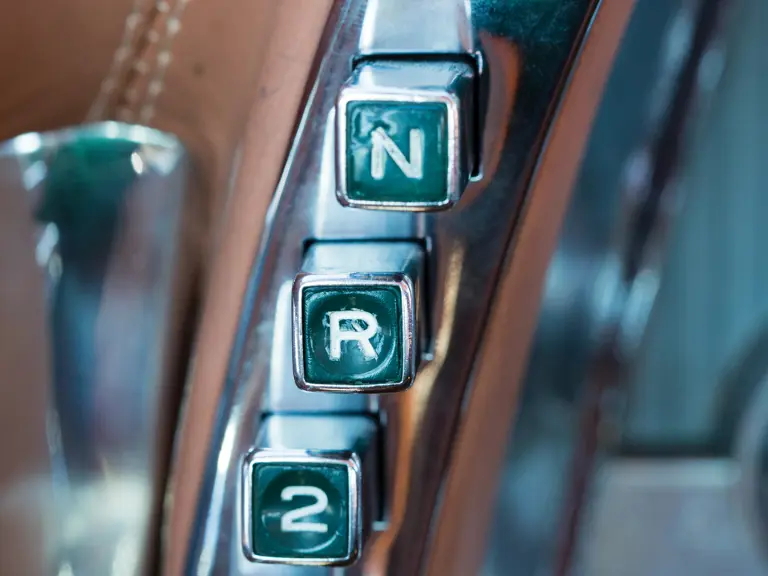
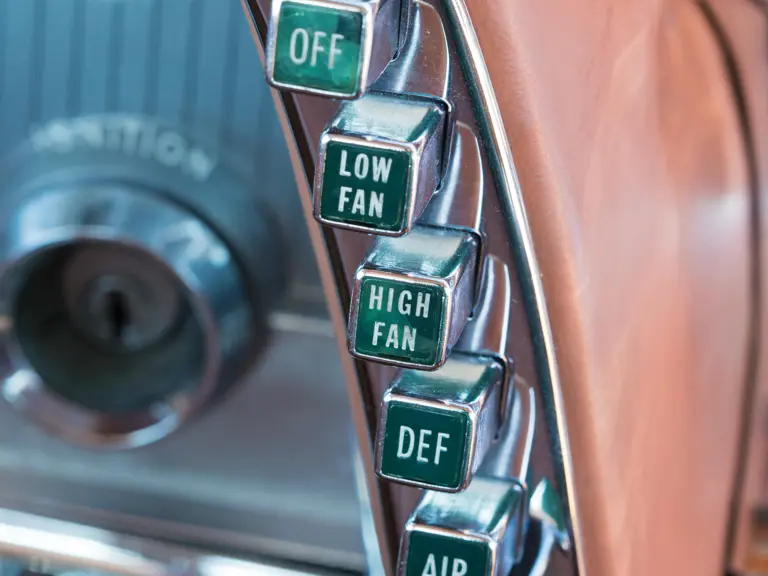
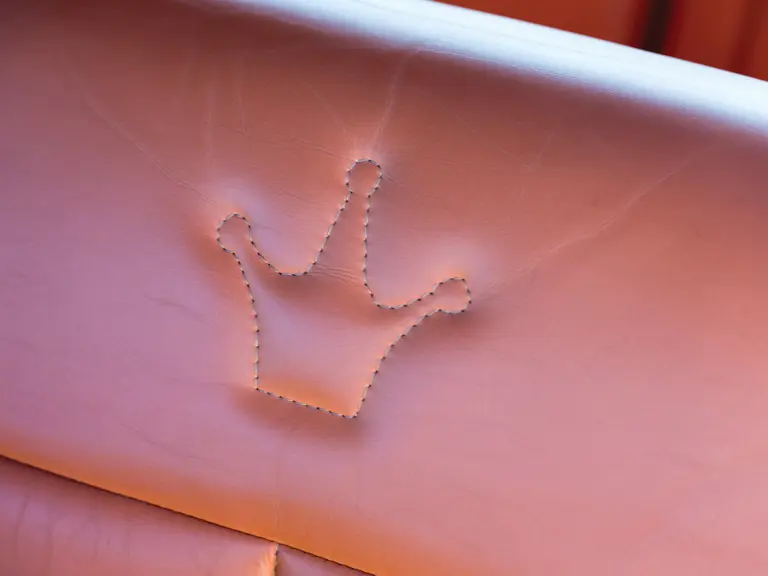
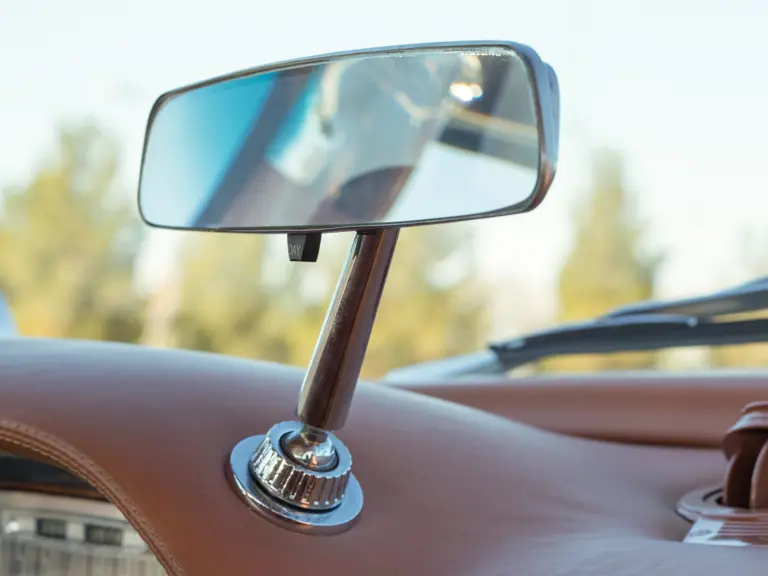
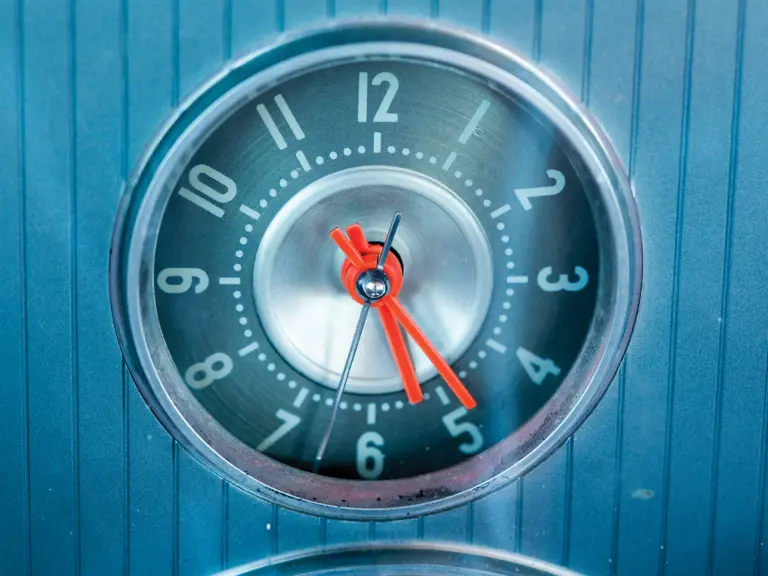
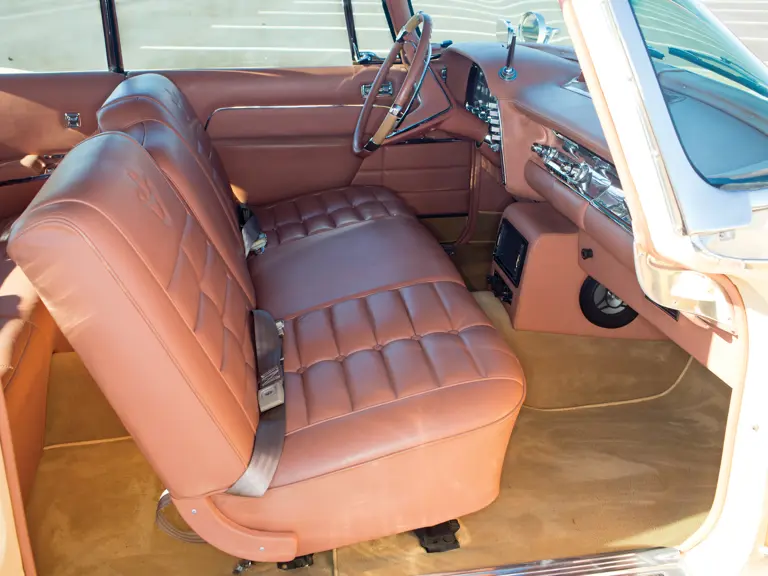
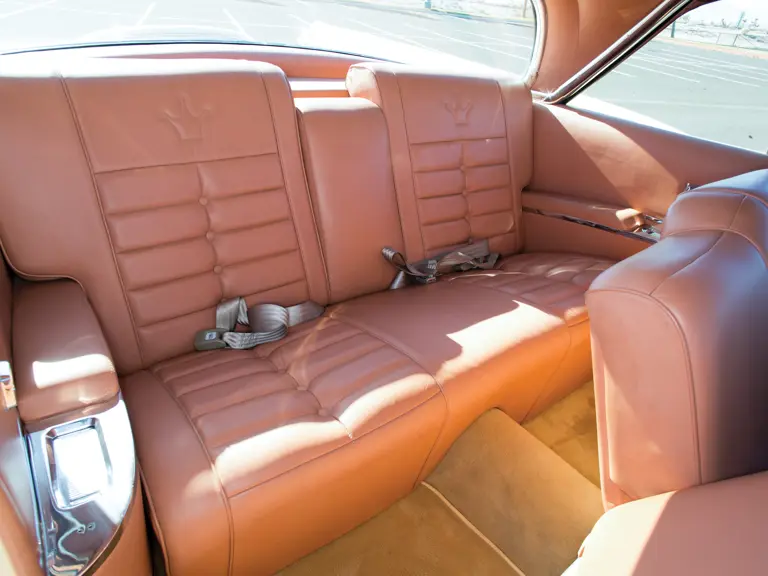
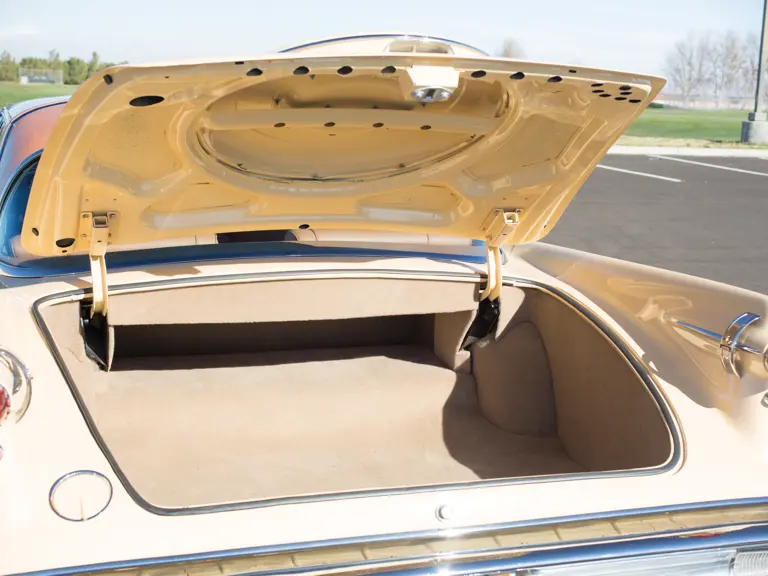

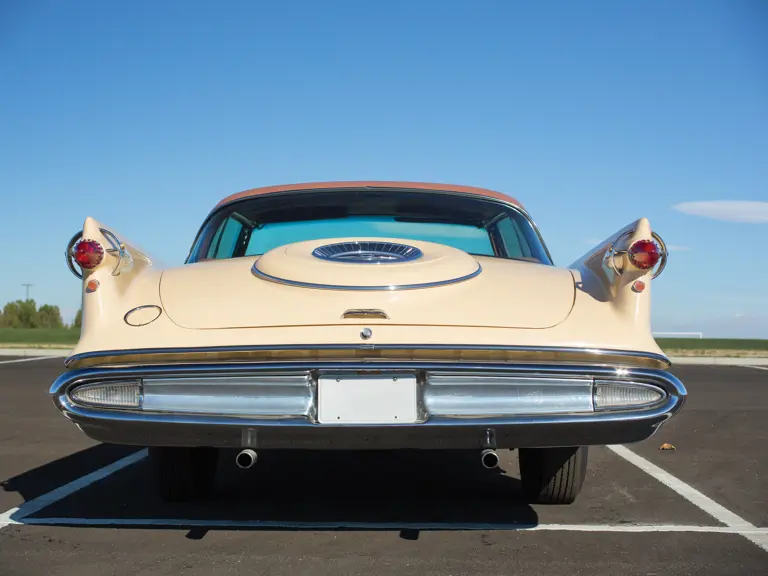
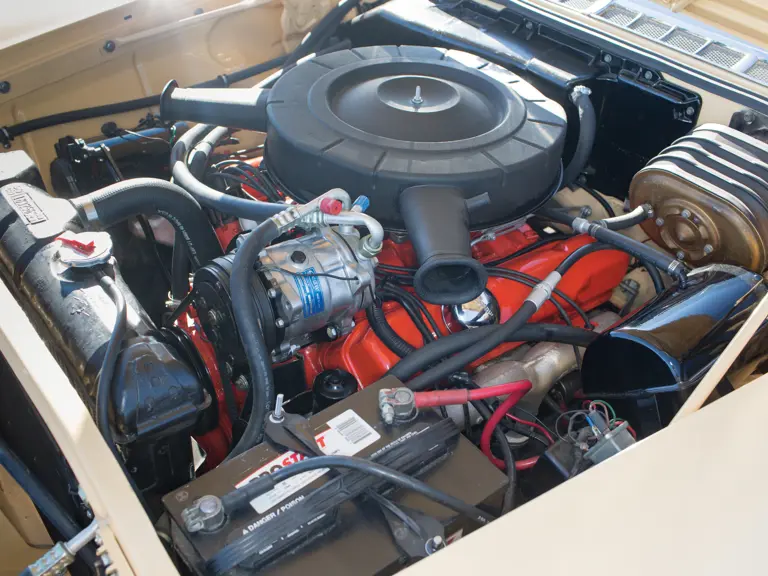
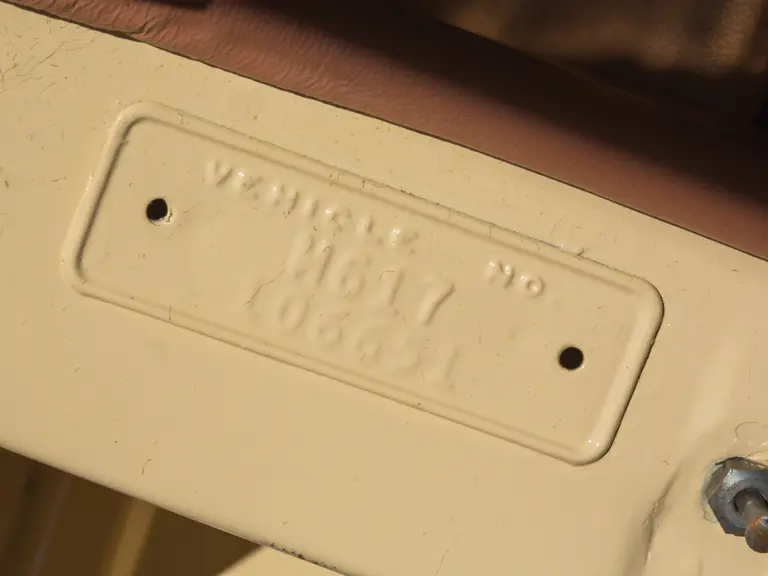
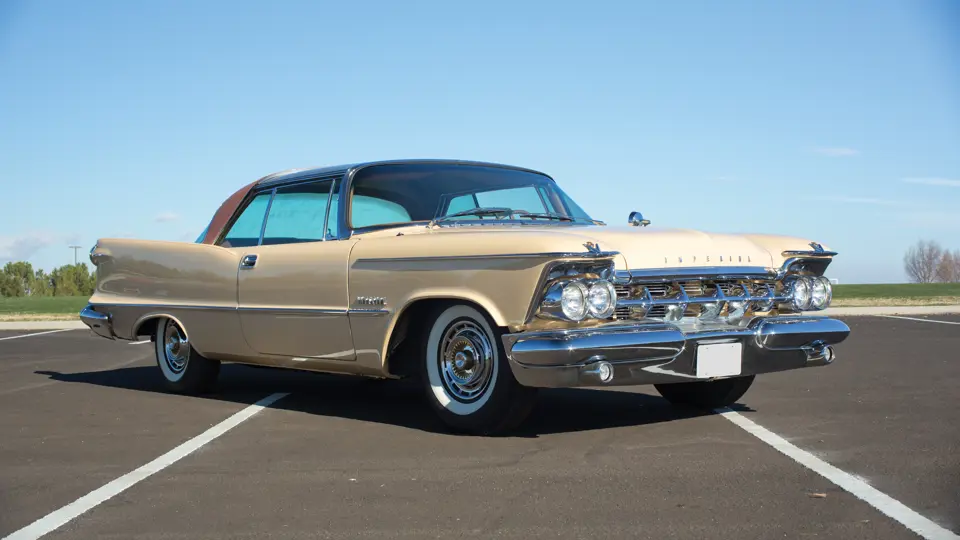
 | Phoenix, Arizona
| Phoenix, Arizona
